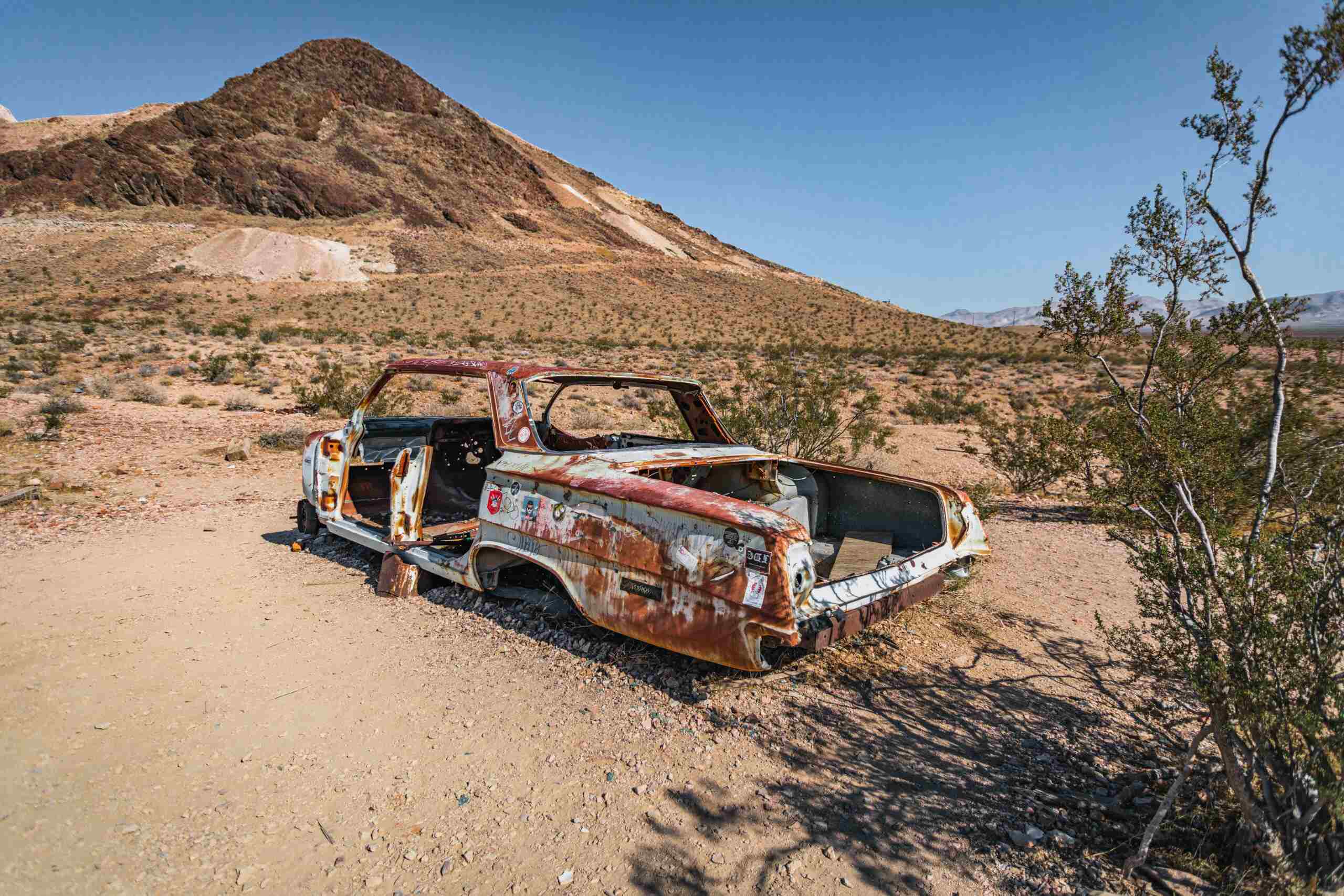Hidden Ghost Towns Of Death Valley

Have you ever wondered what happened to the bustling towns that once thrived in the harsh environment of Death Valley? These ghost towns hold stories of dreams, fortunes, and hardships. Once lively with miners seeking gold and silver, these towns now stand silent, offering a glimpse into the past. Exploring these abandoned places can feel like stepping into a time machine. From the eerie remains of Rhyolite to the crumbling structures of Ballarat, each town has its own unique tale. Ready to uncover the secrets of these forgotten places? Let's dive into the hidden ghost towns of Death Valley.
Hidden Ghost Towns of Death Valley
Death Valley, known for its extreme temperatures and arid landscape, holds secrets from the past. Scattered across this harsh terrain are ghost towns, remnants of once-thriving communities. These towns tell tales of gold rushes, mining booms, and the people who dared to live there. Let's uncover some of these hidden gems.
Rhyolite
Rhyolite, one of the most famous ghost towns in Death Valley, offers a glimpse into the past. Founded in 1904 during a gold rush, it quickly grew but just as quickly declined.
- Rhyolite: This town once boasted a population of over 10,000 people. Visitors can still see the remains of the three-story bank building, the old jail, and the train depot. The Bottle House, made entirely of glass bottles, is another unique attraction.
Ballarat
Ballarat, another ghost town, served as a supply hub for nearby mines. Though it never reached the size of Rhyolite, it played a crucial role in the region's mining history.
- Ballarat: Founded in 1897, Ballarat had a post office, school, and several businesses. Today, visitors can explore the ruins of these buildings and imagine life in this remote desert town. The old jail and the general store are particularly interesting.
Panamint City
Panamint City, nestled in the Panamint Mountains, was known for its silver mines. Unlike other ghost towns, reaching Panamint City requires a challenging hike, making it a true adventure for those who seek it.
- Panamint City: Established in 1873, this town was once a bustling mining community. The hike to Panamint City takes you through rugged terrain, but the reward is worth it. You'll find the remains of old cabins, mining equipment, and even a smelter.
Leadfield
Leadfield, a short-lived town, was part of a mining scam in the 1920s. Despite its brief existence, it left behind intriguing ruins.
- Leadfield: Founded in 1926, Leadfield was promoted as a booming mining town. However, it was all a scam, and the town quickly fell into ruin. Visitors can still see the remains of the post office, mine shafts, and a few scattered buildings.
Chloride City
Chloride City, one of the earliest mining towns in Death Valley, offers a peek into the region's early mining history. Though not much remains, it holds historical significance.
- Chloride City: Established in 1905, Chloride City had a brief but impactful existence. Today, visitors can find the ruins of old cabins, mining equipment, and even a cemetery. The view from the town site offers a stunning panorama of Death Valley.
Skidoo
Skidoo, known for its gold mines, had a reputation for being a rough and rowdy town. Its remote location adds to the mystery and allure.
- Skidoo: Founded in 1906, Skidoo was a gold mining town with a population of around 700 people. The town had a 23-mile pipeline to bring water from the mountains. Visitors can see the remains of the mill, mine shafts, and a few scattered buildings.
Harrisburg
Harrisburg, named after its founder, was a small but significant mining town. Its founder's story adds a personal touch to the town's history.
- Harrisburg: Founded by Shorty Harris in 1905, this town had a brief but notable existence. Visitors can find the remains of Harris's cabin, mining equipment, and a few other structures. The town's history is closely tied to Harris's life and adventures.
Keane Wonder Mine
Keane Wonder Mine, one of the most successful gold mines in Death Valley, left behind a well-preserved ghost town. Its location and history make it a fascinating place to visit.
- Keane Wonder Mine: Established in 1903, this mine produced a significant amount of gold. Visitors can explore the mine's ruins, including the tramway, mill, and several buildings. The hike to the mine offers stunning views of the surrounding desert.
Eureka Mine
Eureka Mine, though smaller than some other ghost towns, played a crucial role in Death Valley's mining history. Its well-preserved ruins offer a glimpse into the past.
- Eureka Mine: Founded in the early 1900s, Eureka Mine was a small but productive gold mine. Visitors can explore the mine's ruins, including the entrance, mining equipment, and a few buildings. The site offers a peaceful and reflective experience.
Discovering the Past in Death Valley
Exploring Death Valley's ghost towns offers a unique glimpse into the past. These abandoned places, like Rhyolite and Ballarat, tell stories of boom and bust. Walking through these towns, you can almost hear the echoes of miners and settlers who once called them home.
Each town has its own charm and history, making them fascinating stops for any adventurer. Whether it's the crumbling buildings or the eerie silence, there's something captivating about these forgotten places.
Visiting these ghost towns not only provides a history lesson but also a chance to appreciate the harsh beauty of Death Valley. So next time you're in the area, take a detour and step back in time. You'll leave with a deeper understanding of the region and some unforgettable memories.

